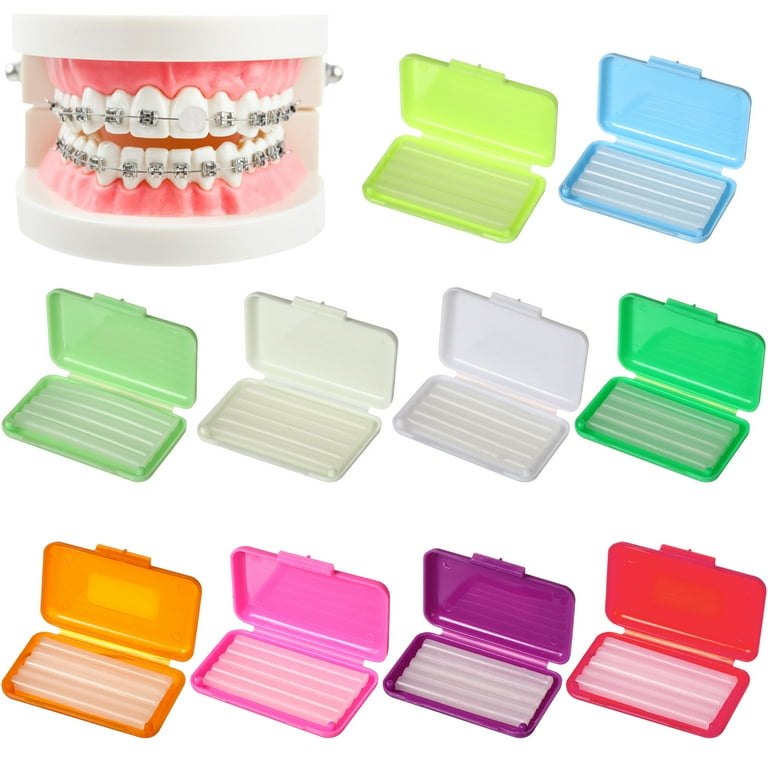Your Guide to Cumming Invisalign: Straightening Teeth with Style and Comfort
Wiki Article
Comprehensive Guide to Orthodontics Treatments for Dealing With Dental Imbalances
Recognizing the complexities of each treatment, including their mechanisms, benefits, and potential disadvantages, is essential in making informed decisions concerning one's orthodontic treatment. As we navigate via the thorough guide to orthodontic procedures for correcting dental imbalances, the intricate information of each technique will certainly unravel, dropping light on the path towards a practical and harmonious oral positioning.Orthodontic Procedures Summary

Normal adjustments and monitoring are important components of orthodontic therapy to make certain progression is on track and to make any necessary modifications along the way. By undergoing orthodontic procedures, clients can not just attain a straighter grin yet also improve their overall dental wellness and function.
Conventional Braces: Exactly How They Function
When considering orthodontic treatments for oral misalignments, conventional dental braces stand out as a time-tested approach for correcting teeth positioning. Typical dental braces consist of braces, cords, and bands that work with each other to use continuous stress on the teeth, progressively moving them into the wanted placement.
One trick aspect of exactly how standard dental braces job is the process of bone improvement. As stress is used to the teeth through the braces, the bone surrounding the teeth is reshaped to sustain the brand-new tooth placements. This remodeling is vital for the lasting security of the dealt with alignment. Patients will need regular modifications at the orthodontist's office to make sure the dental braces proceed to apply the right stress for reliable teeth activity.
Undetectable Aligners: Cons and pros
Unseen aligners provide a hassle-free and very discreet option to traditional braces for remedying oral imbalances. These clear, personalized trays are essentially undetectable when used, making them an appealing alternative for people seeking a more cosmetically pleasing orthodontic therapy. One of the primary benefits of undetectable aligners is their removability, permitting easier upkeep of oral health contrasted to conventional dental braces. Patients can get rid of the aligners before consuming or cleaning their teeth, reducing the threat of food getting embeded the home appliance and simplifying the cleansing process.
Surgical Orthodontic Options
Surgical interventions in orthodontics existing feasible choices for resolving intricate oral imbalances that might not be successfully solved via standard orthodontic therapies. While standard dental braces and undetectable aligners can remedy lots of orthodontic problems, certain situations require medical intervention to attain optimum outcomes. Surgical orthodontic options are generally recommended for extreme malocclusions, substantial jaw disparities, and situations where the underlying bone structure requires alteration to attain correct positioning.One typical surgical orthodontic treatment is orthognathic surgical treatment, which includes repositioning the jaws to fix functional issues such as trouble chewing or speaking. This surgical treatment is frequently performed in cooperation with an orthodontist who aids line up the teeth prior to and after the procedure. Surgical orthodontics might likewise involve treatments to expose affected teeth, remove excess periodontal tissue, or improve the jawbone to create a much more harmonious facial account.
Before taking into consideration surgical orthodontic best dentist in my area alternatives, clients undertake a detailed evaluation to figure out the necessity and prospective advantages of such interventions. cumming orthodontics. While surgery might appear difficult, it can substantially boost both the function and appearances of the smile in situations where standard orthodontic treatments drop short
Retainers and Post-Treatment Care

Failure to abide with post-treatment care guidelines can result in relapse, where the teeth gradually move back towards their original placements. Constant retainer wear, good oral hygiene, and normal oral examinations are crucial for maintaining the results achieved through orthodontic surgical procedure and making sure the long-lasting security of the corrected oral positioning.
Conclusion
To conclude, orthodontic treatments offer numerous options for dealing with find more info dental imbalances. Standard dental braces make use of metal brackets and cords to shift teeth right into correct positioning. Invisible aligners offer a more discreet alternative yet might not appropriate for all instances. Surgical orthodontic options are offered for more extreme misalignments. Retainers are frequently made use of post-treatment read here to keep the new alignment. In general, orthodontic procedures can efficiently boost dental wellness and aesthetic appearance.As we navigate via the thorough overview to orthodontic treatments for dealing with oral imbalances, the complex information of each technique will unfold, losing light on the path toward a useful and harmonious oral placement. - braces
One of the most usual orthodontic therapies is the usage of braces, which consist of steel braces and wires that apply gentle pressure to slowly move teeth right into the preferred setting.When considering orthodontic therapies for oral imbalances, standard dental braces stand out as a tried and true method for correcting teeth positioning. Additionally, unnoticeable aligners may not be ideal for intricate orthodontic concerns that need more considerable teeth movement, as they are generally suggested for moderate to modest instances. Retainers are custom-made orthodontic gadgets made to hold teeth in their corrected positions after the conclusion of orthodontic therapy.
Report this wiki page